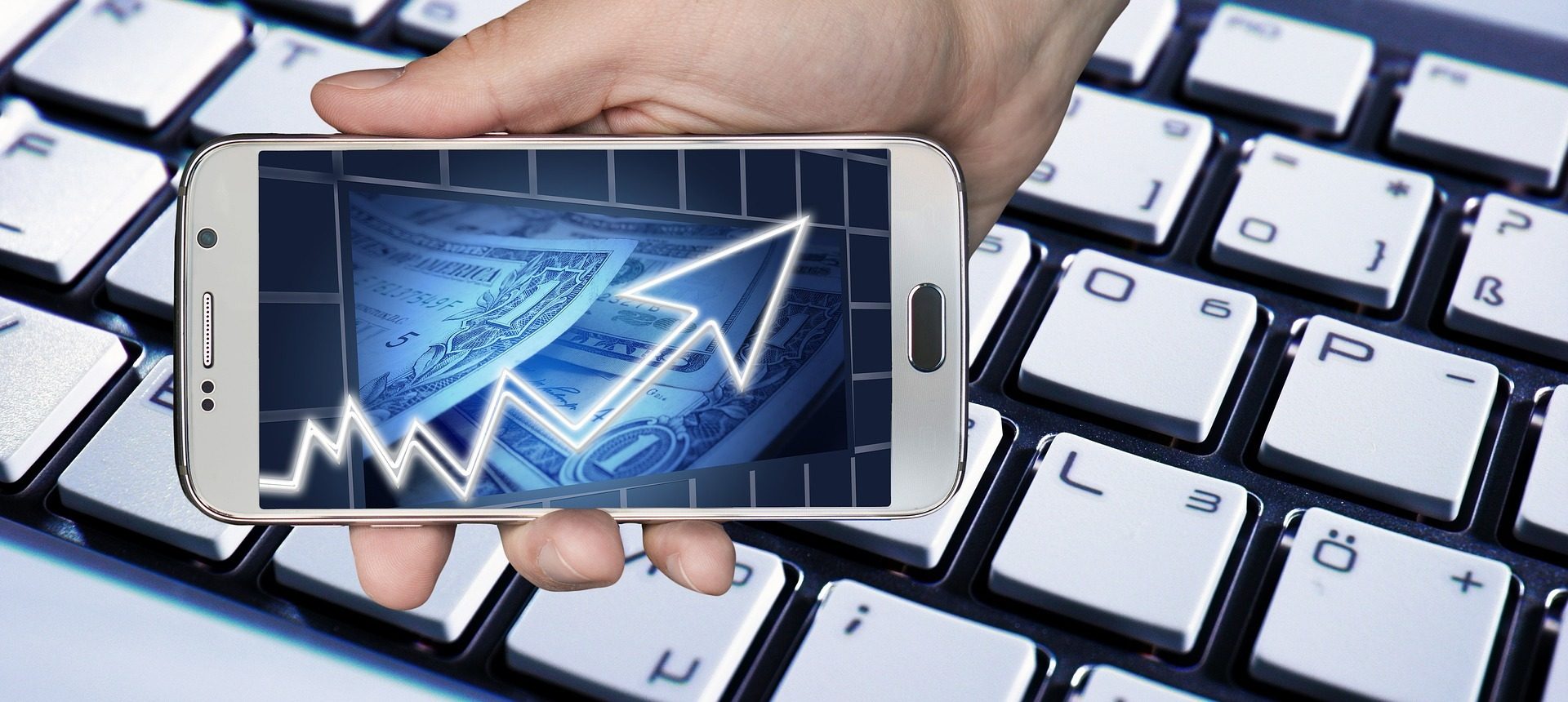What has the smartphone done for customer service?
From touchscreen to biometrics to AR, the innovations are endless
GUEST COLUMN
This year marked the 15th anniversary of the first iPhone launch at MacWorld. Steve Jobs, Apple’s founder and CEO at the time, claimed that, with iPhone, Apple was going to "reinvent the phone."
Fifteen years later, and with more than a billion iPhones currently in active service across the world, it’s probably fair to say Apple has helped to reinvent a whole lot more — particularly when it comes to customer service.
First off, it’s important to note that, while Apple and the iPhone have been central to the mobile smartphone revolution, they’re not the whole story.
While the iPhone may currently account for 59% of smartphone sales in the U.S. and more than 50% in the U.K., that figure is only around 12% in South America and 15.5% across Africa.
However, the iPhone still makes headlines as the premium brand because it has driven a consistent stream of functional innovation into the smartphone space since its inception.
I mean, when you look at it, the list is endless ...
From touchscreen operation, email and web access, the launch of the app store, the introduction of 3G connectivity, a digital compass, and video capture, Apple has been relentless when it comes to innovation.
And, that’s not to mention the front camera for selfies and video chat, Siri, touch ID authentication, Apple Pay, 4K video, wireless charging, face ID, augmented reality support, and 5G connectivity.

This year marked the 15th anniversary of the first iPhone launch at MacWorld. Steve Jobs, Apple’s founder and CEO at the time, claimed that, with iPhone, Apple was going to "reinvent the phone."
Image by Gerd Altmann from Pixabay
The result is a device that is very different today from its original version.
According to data collated by Ericsson and the Radicati Group, there are now some 6.64 billion smartphone users around the world, a figure that has risen by around 30% over the last five years. And, more than half of end users use their smartphones as their primary devices for accessing digital services. We’re living in a mobile-first world — mobile devices account for about 50% of internet traffic in the U.S and the U.K., but that figure rises significantly in China, where smartphones account for 65% of all web access, and Nigeria, where it's a whopping 85%.
So, for a large proportion of people, the smartphone hasn’t simply impacted their customer experience over this period, it has become the customer experience — and the engine for much of the key data that is needed to drive successful interactions.
From the simple, pocket-sized communication capabilities of the first iPhone, we now engage via devices that are always on, know where we are, and probably also have a good idea of what we’re doing each day.
Our smartphones have utterly transformed the way we keep in touch with each other and how we engage with organizations. Biometrics allow us to identify who we are and provide us with the security we need to access services, while virtual assistants recognize our voices and answer our questions.
Since the first iPhone, we've also witnessed the explosive growth of apps, which has transformed almost every industry. The combination of smartphone apps and self-service capabilities mean consumers now handle much of the day-to-day management of their brand relationships.
But, how brands manage these discrete interactions is still critically important. Consumers might be using smartphones to initiate contact, but it's on the companies to provide consistent digital customer experiences across all channels. With customer expectations continuing to rise, it’s essential for brands to build personalized customer journeys. This requires deep integration, and it shouldn’t be left to the contact center advisor — or worse, the customer — to connect the dots here.
Even though we’re a decade and a half into the iPhone era, in many ways, we’re just getting started. Faster processors, better cameras, increased augmented reality capabilities and smarter AI will combine to provide an increasingly intelligent platform that supports new and improved ways of engaging with brands.
Whether it’s new AR-powered apps that allow retail customers to visualize their purchases at home before committing, AI-enabled banking services, or widespread 5G connectivity to make access seamless, smartphones will continue to enable experiences that delight customers.
Will the iPhone still be around 15 years from now? I wouldn’t bet against it. But, with Apple rumored to be launching its first AR/VR headset soon — and with the metaverse looming — there’s no doubt that the 2037 digital customer experiences will be very different from those of today.
Tim Pickard
Tim Pickard is chief marketing officer at Sabio Group, where he articulates the company’s mission within the global customer experience and digital transformation landscape to develop its brand, fuel its pipeline, and integrate its acquisitions.. His career as an IT and technology leader spans more than three decades.

